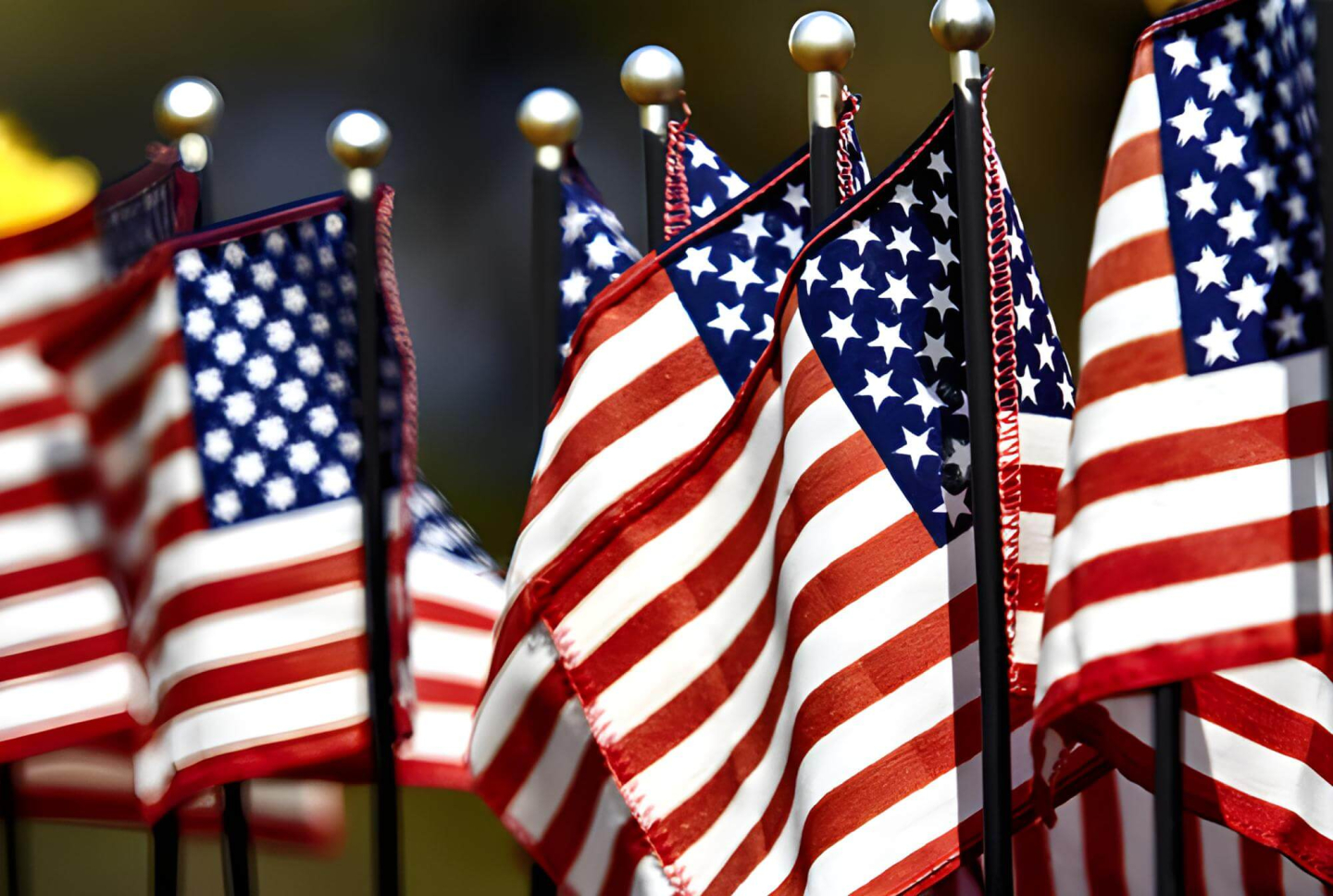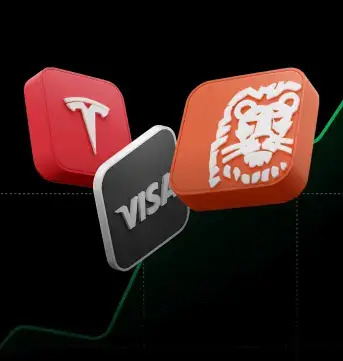US retail sales unexpectedly dropped 0.3% MoM in May, well below analysts’ estimates of a 0.2% rise. Also April reading was downwardly revised to 0.7%, as price pressures negatively affected spending on non-essential goods. Auto sales recorded the biggest decline (-4%) followed by electronics & appliance stores (-1.3%); miscellaneous store retailers (-1.1%); nonstore retailers (-1%); furniture stores (-0.9%); and health & personal care stores (-0.2%). On the flip side retail sales rose at gasoline stations (4%), likely reflecting higher fuel prices; food and beverage stores (1.2%); food services and drinking places (0.7%); sporting goods, hobby, musical instrument & book stores (0.4%); and general merchandise stores (0.1%). Excluding autos, retail sales were up 0.5% and excluding gas and autos 0.1%, which confirms that US consumers are already cutting back on spending.

US retail sales recorded the first decline so far this year. Source: Bloomberg via ZeroHedge
Retail sales figures are unfavorable for the Fed, however should not affect today's central bank decision. Nevertheless the drop in sales may adversely affect the GDP reading for the second quarter. Moreover, in annual terms, retail sales are growing by 8.1% y / y. In real terms, with inflation at 8.6% y / y, we see a decline in real consumption. It is worth remembering that the US economy is based on consumption and weaker spending would have a negative impact on its growth. Therefore if consumers do not start to spend their savings or use credit cards to maintain their current lifestyle in the upcoming months, it can have a negative impact on the entire economy.
Daily summary: Optimism on Wall Street eases again🗽US Dollar drops from recent highs
BREAKING: US House Speaker Johnson signals risk of longer US government shutdown
BREAKING: Bank of England holds rates unchanged
💷 GBPUSD Gains Ahead of BoE Decision


